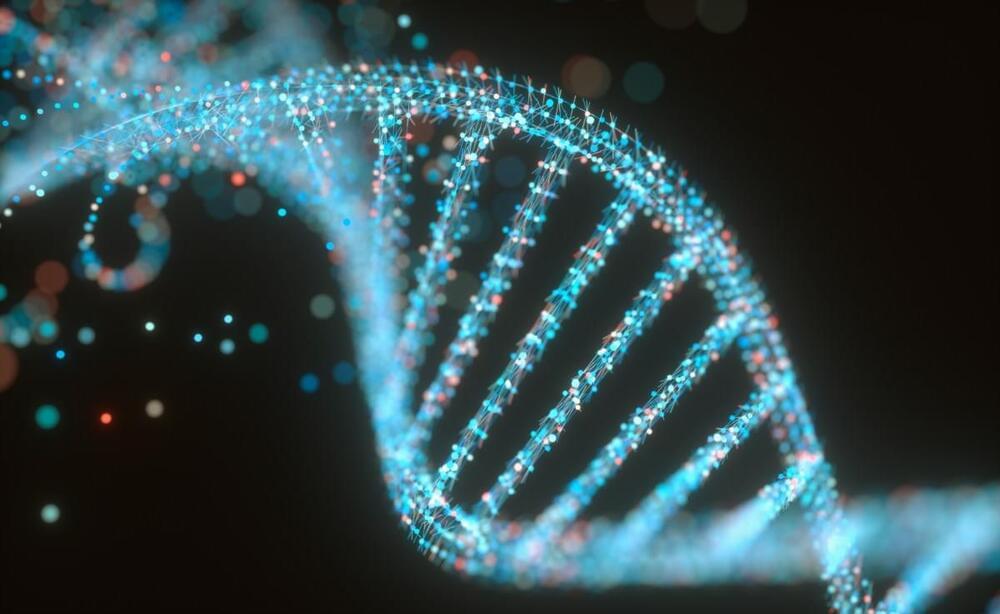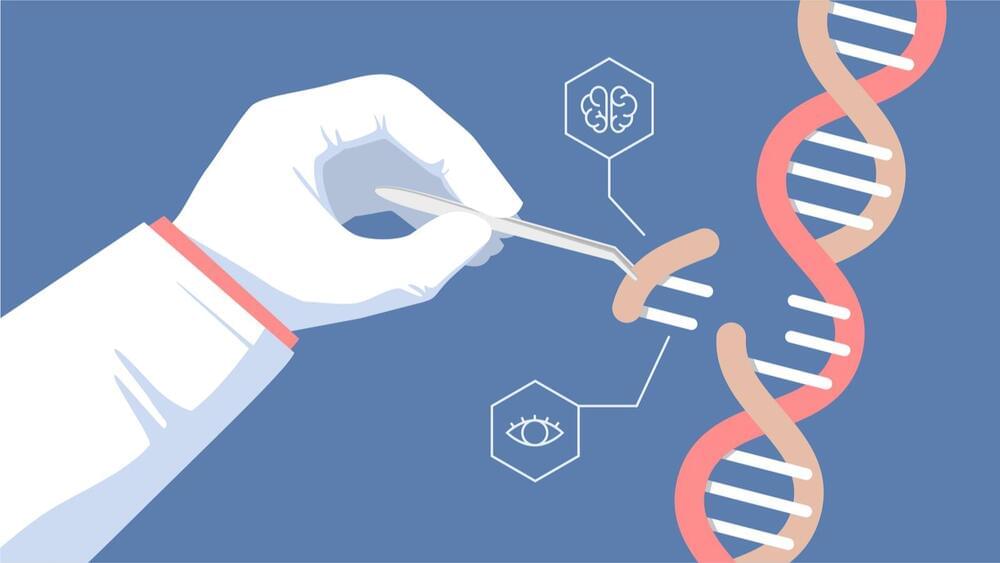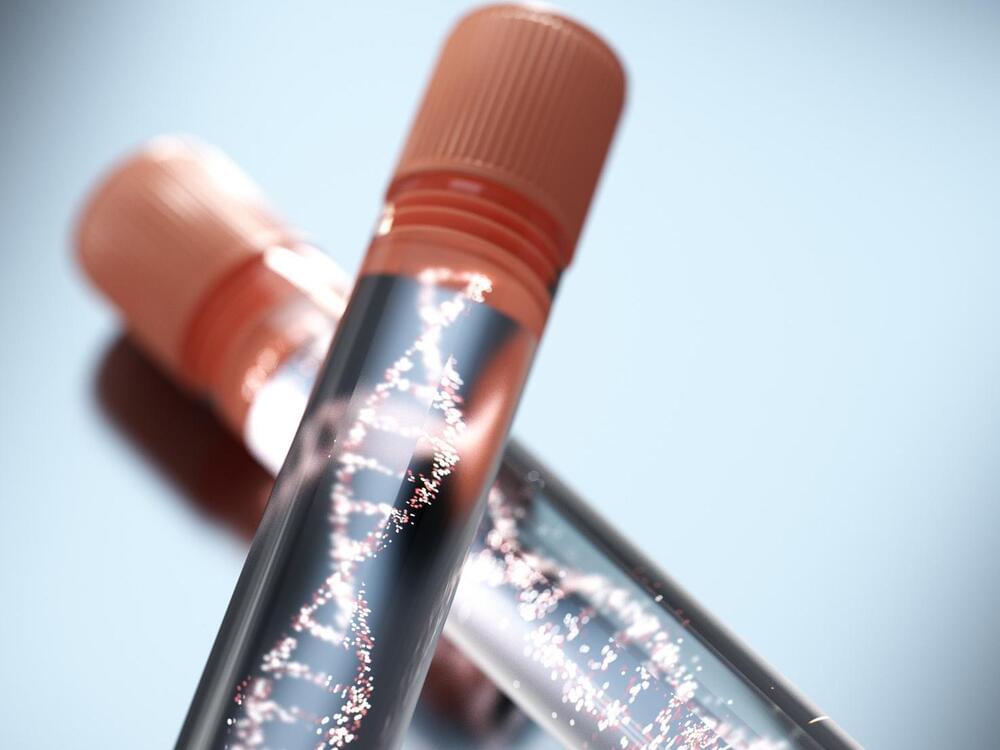I describe the mechanisms by which different wavelengths of light impact the cells, tissues and organs of the human body, and how specifically timed light exposure of specific wavelengths can be used to improve sleep, enhance alertness, modulate hormone levels, and improve mood. I also explain the use of ultraviolet and infrared phototherapies to relieve pain increase testosterone and estrogen levels; improve skin health, appearance and wound healing; and how red light can be used to offset age-related vision loss and provide neuroprotection. Throughout the episode, I describe the mechanisms of light-based therapies and actionable tools that people can use positively impact mental and physical health.
Category: biotech/medical – Page 834
Understanding the Biological Differences Between Men and Women
Dr Carole Hooven is Co-director of Undergraduate Studies in the Department of Human Evolutionary Biology at Harvard University and an author. Testosterone is a hell of a drug. It causes many things to happen in both men and women. But it’s dividing opinion even more than it’s dividing the sexes. This isn’t great for calming conversations, bridging differences or finding common ground however it’s a fascinating topic to dig into. Expect to learn what it’s like for women who go on testosterone to feel what male sex drive is like, why male deer in Scotland grow antlers and fight their best friends for a few months every year, whether maternal instinct is a myth, why testosterone even exists at all, the differences between male and female orgasms, whether sex is a spectrum and much more…

Seattle biotech hub pursues ‘DNA typewriter’ tech with $75M from tech billionaires
A new Seattle biotech organization will be funded to the tune of $75 million to research “DNA typewriters,” self-monitoring cells that could upend our understanding of biology. The collaboration between the University of Washington, the Chan-Zuckerberg Initiative and the Allen Institute is already underway.
Called the Seattle Hub for Synthetic Biology, the joint initiative will combine the expertise of the two well-funded research outfits with that of UW Medicine, working in what UW’s Jay Shendure, scientific lead for the project, called “a new model of collaboration.”
The Hub (not to be confused with the HUB, or Husky Union Building, on UW’s campus) aims to strike a balance between a disinterested intellectual academic approach and a development-focused commercial approach. The $75 million will fund the organization for five years, with the option to renew then.

The way to Better Mental Health may go through your Stomach
University of Virginia School of Medicine researchers have discovered how Lactobacillus, a bacterium found in fermented foods and yogurt, helps the body manage stress and may help prevent depression and anxiety.
The findings open the door to new therapies to treat anxiety, depression and other mental health conditions.
UVA researcher Alban Gaultier and collaborators say the discovery is notable because it pinpoints the role of Lactobacillus, separating it out from all the other microorganisms that naturally live in and on our bodies.

ChatGPT creates Persuasive, Phony Medical Report
A common truism among statisticians is that “the data don’t lie.” However, recent findings by Italian researchers may make those who study data think twice before making such assumptions.
Giuseppe Giannaccare, an eye surgeon at the University of Cagliari in Italy, reports that ChatGPT has conjured reams of persuasive phony data to support one surgical eye procedure over another.
“GPT-4 created a fake dataset of hundreds of patients in a matter of minutes,” Giannaccare said. “This was a surprising—yet frightening—experience.”
Boost Neuroplasticity & Strengthen Your Brain: Expert Tips
IN THIS EPISODE OF THE HUMAN UPGRADE™…you’ll learn how much control you can actually have over your brain. There’s a new way of accessing your meat operating system that adds an important element that’s been missing from the brain training conversation. Moha Bensofia joins the show to explain a new piece of neurotech called Mendi. He shares the benefits of getting more blood to the front of your brain. Mendi uses neurofeedback to provide visual feedback based on your brain activity.
A headset measures the activity while you play a fun brain-training mobile game. The system uses fNIRS technology to measure blood flow and oxygenation in the pre-frontal cortex of the brain. The brain training game requires focus and calmness, which increases activity and control of your brain’s pathways.



Molecular Toxicology and Cancer Prevention
📸 Look at this post on Facebook https://m.facebook.com/story.php?story_fbid=863605902432876&…tid=CDWPTG
Molecular toxicology is a field that investigates the interactions between chemical or biological molecules and organisms at the molecular level. In this Special Issue, we focus on the toxic effects and mechanisms of action of chemical and biological molecules, will be of great interest of readers in molecular toxicology and applied pharmacology.

Rosacea: Diagnosis, Treatment, and Steps to Take
Rosacea is a skin condition that causes reddened skin and rash, usually on the nose and cheeks. There is no test for rosacea, so health care providers will typically diagnose it based on the appearance of the skin and your health history. They may run tests to rule out any other conditions. Learn more from NIAMS:
What is rosacea? It is a long-term disease that causes reddened skin and pimples, usually on the face. It can also make the skin thicker and cause eye problems.